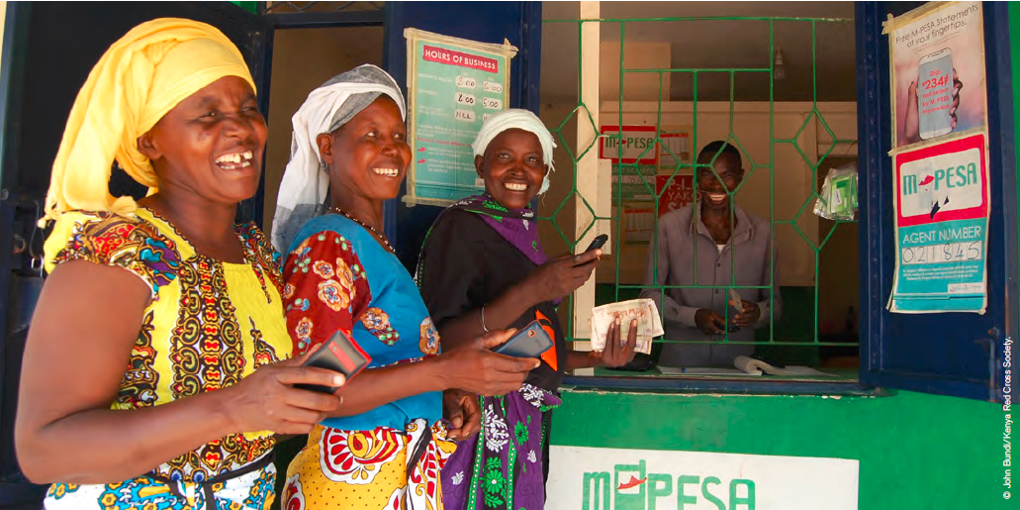Good Practice Review: Disaster Risk Reduction
This Good Practice Review identifies and discusses the principles and practice of disaster risk reduction (DRR), drawing on experiences from around the world. It gives guidance on the main issues that should be taken into consideration when carrying out projects and programmes, and ways of addressing these issues in practice. DRR is a wide-ranging field of activity, as the following pages show, and each of the 18 chapters addresses a specific theme.
The book is intended primarily for practitioners, principally project planners and managers already working in the DRR field or planning to undertake DRR initiatives, mainly at sub-national and local levels. Some of these practitioners will be based in specialist DRR organisations, but many will be engaged in other development or humanitarian work, and seeking to incorporate DRR into their activities more effectively. They may be working in NGOs, local government, community organisations or other types of organisation, for there are many different stakeholders in DRR.
The Good Practice Review is above all a practical document, but it is not a manual. Its emphasis is on the process of planning and implementing risk reduction initiatives, looking at key issues and decision points. The descriptions and discussions are supported by case studies, which aim to give a sense of the range and diversity of the practical approaches that can be used.
It is difficult to present a balanced coverage of such a broad and diverse subject, and inevitably there are gaps. However, there is now far more evidence and literature on DRR than there was a decade ago when the first edition of this book was published – a good indication of how much progress has been made in recent years – and as a result we know a great deal more about good practice in a wide range of fields. Nevertheless, there is still much that we do not fully understand, and a lot of good practice remains undocumented or unpublished.
Lasting protection against disasters will not be attained overnight: it is a long-term goal to be achieved through a continuous process of improvement, which requires that lessons are learnt and shared. This book is a small contribution to that process.

